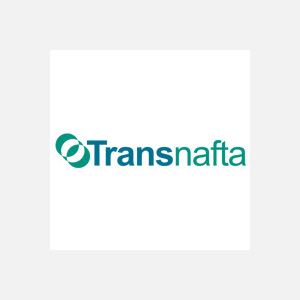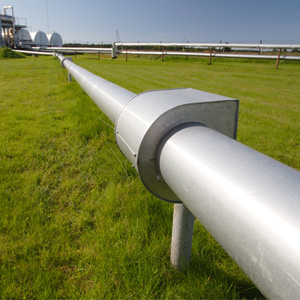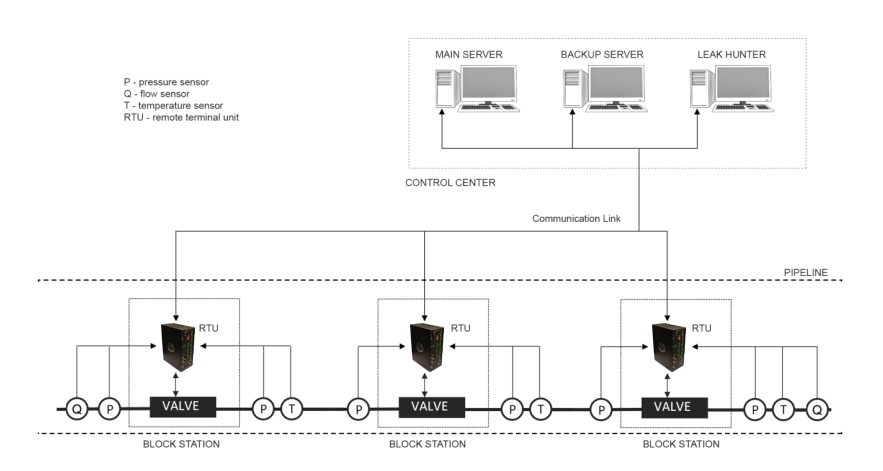How Transnafta uses Leak Hunter to achieve secure, safe and reliable transport of crude oil
Transnafta is the public enterprise, founded by the Government of the Republic of Serbia, primarily to operate and maintain a crude oil pipeline transportation system through Serbia. The main task of the company is to perform secure, safe and reliable transport of crude oil via pipeline, thereby ensuring the continuity of crude oil supply.
Transnafta runs 154.4km long pipeline, from the river Danube on the border with Croatia to Pančevo, divided into two segments, each controlled by a separate SCADA server. The related infrastructure also includes an oil terminal in Novi Sad with four tanks for crude oil, distribution center, pumping station, as well as a metering station in Pančevo, and eight block-stations along the pipeline route.

Challenge

Transnafta operates a relatively old pipeline system, and could not deal with possible pipeline leaks in the proper way. As the leaks started happening more frequently, especially the ones caused by thefts, Transnafta suffered substantial financial and product losses, including the bad image resulting from the inevitable environmental impact. The second issue that strongly affected the business was the inefficient operations management. They struggled with scheduling and monitoring transportation and maintenance activities.
Transnafta hence decided to modernise the existing pipeline system with the leak and theft detection solutions, coupled with batch and pig tracking capabilities. The main objectives of the project were:
• Ensuring fast leak detection and accurate leak localisation, in order to improve on the following: mitigate risks to the environment, cut the losses produced by leaks, and improve the overall safety, reliability, and integrity of the pipeline.
•Optimising operations management, in order to increase pipeline efficiency and reduce transportation and maintenance costs.
At this point Transnafta approached Netico to develop and integrate a leak detection system that perfectly fits their pipeline and fulfills the stringent requirements regarding reliability, sensitivity, and accuracy.
Solution
Leak Hunter by Netico, backed with Batch Tracker and Pig Tracker, were the perfect solution for the project. The awarded contract included a broad scope of Netico services like:
• Defining system requirements in collaboration with Transnafta experts• Building the LDS server at the control centre in Novi Sad
• Providing field installation and setup of Netico Hunter Sense Edge devices at seven block stations along the pipeline;
• Defining end establishing reliable communication between the Leak Hunter and the Kepware server, as well as between the Leak Hunter and Edge nodes via an OPC UA interface;
• Providing data validation and surveying of the existing measuring equipment (pressure and temperature gauges, flowmeters), in order to find potential sources of data anomalies;
• Adjusting of the Leak Hunter to the pipeline according to given pipeline dataset and field measuring equipment;
• Commissioning of the leak detection system;
• Providing site acceptance tests of the leak detection, leak localisation, batch tracking, and pig tracking
• Training and support
The installed Leak Hunter solution performs the following tasks in Transnafta:
• Leak detection and localization• Theft detection
• Rupture detection
• Pipeline monitoring
• Batch scheduling and tracking
• Pipeline pigs tracking

Outcome
Netico successfully met Transnafta expectations by delivering an end-to-end leak detection system, within the schedule and on the budget.
Transnafta received a state-of-the-art leak detection solution, with the efficiency that was proven already several times in actual leak events. They can quickly react to any leak, preventing financial losses and environmental damages. They have also experienced a significant decrease in the number of theft attempts since commissioning of the system. Additionally, Transnafta received a set of tools for a more efficient approach to transportation and maintenance operations management, which contributed significantly to the overall decrease in operational costs.
